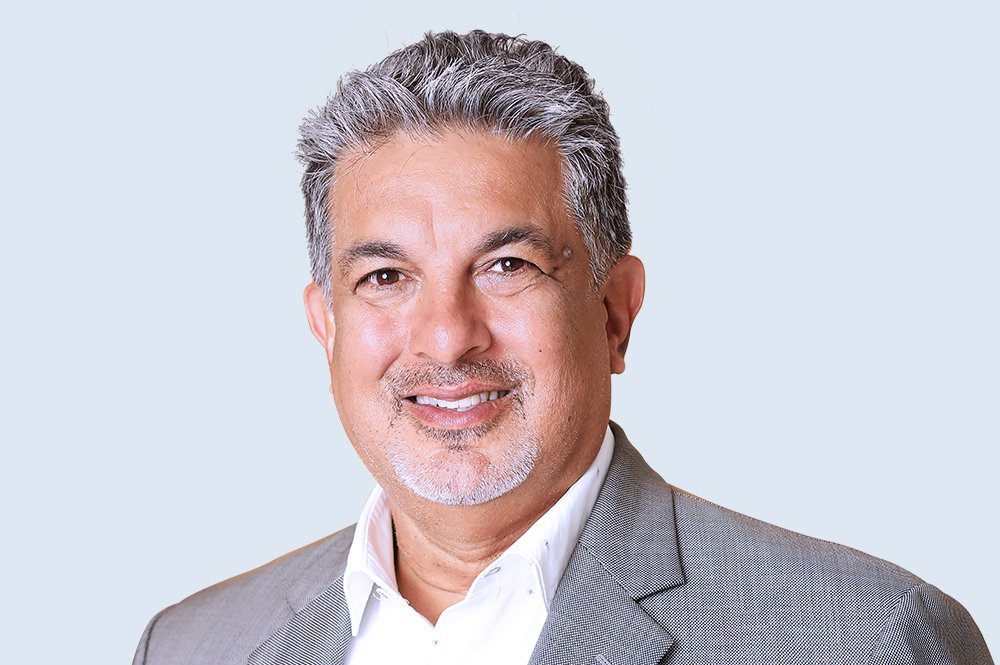
Bijay Singh, Global Head, Business Unit Healthcare, DKSH
Emerging trends in healthcare are demonstrating profound changes in preferences and practices in the Asia-Pacific region. Analysts project that, by 2030, the Asia-Pacific region will account for more than 20% of global healthcare spending. Yet, the healthcare ecosystem encounters ongoing challenges relating to access, quality, and cost. The use of innovative technologies to empower healthcare is upgrading care management, enabling personalized care and reinventing healthcare delivery. Innovation and transformation within the healthcare sector are essential to unraveling the complexities of the healthcare landscape. With cutting-edge technology, the Med-Tech industry strives to revolutionize healthcare delivery by enabling personalized care and modernizing legacy systems. DKSH's Global Head of Business Unit Healthcare, Bijay Singh highlights the factors propelling the growth of the Asia-Pacific medical devices market.
Aging populations, premature mortality, chronic disease prevalence — these are just a few of the pressing challenges that have been plaguing the industry in Asia Pacific for years.
According to the Organisation for Economic Cooperation & Development, the share of population aged 65 years and over is expected to double in lower-middle and low-income countries in the region, reaching 13.4% in 2050 — which is less than half of the average in high-income countries. The speed of aging in Asia Pacific will be unprecedented, pressuring countries with shorter timeframes to prepare for the healthcare challenges that come with this change.
The painstaking reality is that each year 74% of all deaths globally are attributed to non-communicable diseases (NCDs), equivalent to 41 million people. Of this share, 17 million people die from NCDs before the age of 70. This situation was largely exacerbated by the pandemic, which severely disrupted the treatment of chronic diseases.
Chronic disease prevalence in Asia Pacific continues to be a pressing challenge. A significant contributor to the surge of cases is socioeconomic conditions, where factors such as financial hardship and infrastructural or resource constraints prevent many from accessing the care they need. In fact, some developing economies have a severe shortage of healthcare professionals, with a physician-to-population ratio of less than 10 physicians per 10,000 population count.
With the above in mind, improving population health can be an insurmountable challenge. Therefore, there is a strong need to change healthcare delivery — and to me, this means bringing healthcare into the home.
Bringing healthcare outside of a clinical setting has the potential to optimise patient outcomes and improve patient experiences by encouraging them to advocate for their own care — while simultaneously maximising healthcare resources and manpower. Medical devices are one of the key vehicles that can drive this reality to fruition.
We have already seen the tremendous impact of such devices during the pandemic. For instance, self-monitoring tools ensured that patients could receive high-quality care at home, without needing to visit a clinic or hospital. In turn, this allowed healthcare workers to focus on delivering greater care to higher-risk patients in hospitals.
Today, we are seeing glimpses of this reality slowly take shape by way of remote monitoring, telemedicine, virtual wards, and more, where patients are empowered to manage their own health in the comfort of their own home. This move towards self-care has consequently allowed the already limited medical resources to efficiently focus on urgent and critical care.
The medical devices sector is a burgeoning industry set to reshape the way health systems approach healthcare and wellness. The prospect for growth in the Asian medical devices market is nothing short of extraordinary, with revenue projections soaring to an impressive $156 billion by 2028. I foresee that the next frontier in healthcare innovation will involve the increased digitalisation of medical devices to drive access, convenience, and more patient-centred care.
Aside from the ongoing healthcare challenges shared previously, I foresee two key forces fuelling the growth of the medical devices sector in Asia Pacific: technological advancements and regulatory developments.
From a technology perspective, in recent years, the field of medicine has seen a surge in innovative and advanced medical devices. For example, in the blood pressure monitoring device market, Bluetooth-enabled devices or devices that use sensors and computerised mathematical modelling for pulse recording are propelling the business forward. Another example is the Dexcom G6 continuous glucose monitoring system, which is now available in Singapore, Hong Kong, and Japan. It allows for real-time monitoring, and is integrated with wearable sensors and a transmitter for the measurement of blood glucose values.
Advancements in medical technology are also bringing diagnostic tools traditionally confined to laboratories directly to patients' homes. This enables early detection of various diseases like H. Pylori (leading to early diagnosis of gastric ulcers and cancer), HPV (facilitating early detection of cervical cancer), and Flu A/B (enabling early identification of influenza infection for optimal medication during the crucial "golden period").
DKSH partners with our healthcare customers, such as Stryker, to provide minimally invasive solutions to doctors across Southeast Asia. Aiding in stroke management, the innovative offerings and value-added programs optimise patient treatments, allowing faster patient recovery time and, consequently, earlier discharge from hospitals thanks to the use of smaller incisions. Sustained advancements as such will drive the adoption rate of medical devices in the region, setting the stage for a transformative era in healthcare.
Looking at the regulatory landscape, notably in ASEAN, the harmonisation of standards, conformity to assessment procedures, and technical regulations has reduced barriers to deploying registered products across the region. We’re seeing greater harmonisation efforts in North Asia, particularly for life-saving devices (i.e. pace-makers), which will help streamline the overall deployment of more products across Asia. For example, the Hong Kong government has entered into an agreement with Mainland China to allow for imports of hospital products that are not available locally in China. Such measures will facilitate greater movement of medical devices across borders, thereby fostering growth in the sector.
Therefore, the interplay of technological advancements, socioeconomic conditions, and the regulatory landscape will contribute to a thriving medical devices industry in the years ahead.
Hithaishi C Bhaskar
hithaishi.cb@mmacti.com




